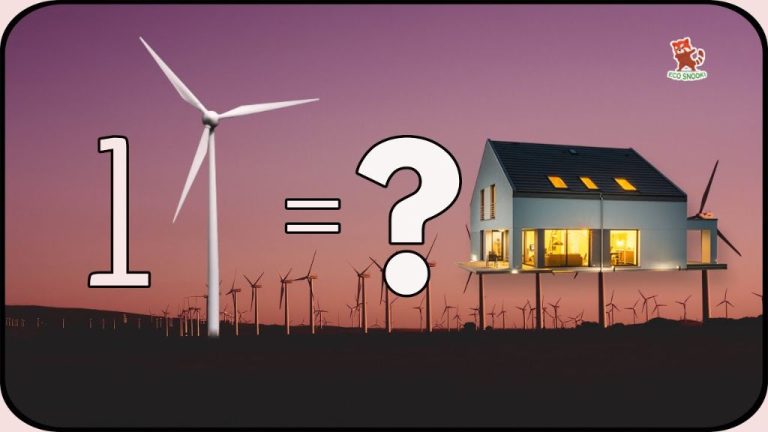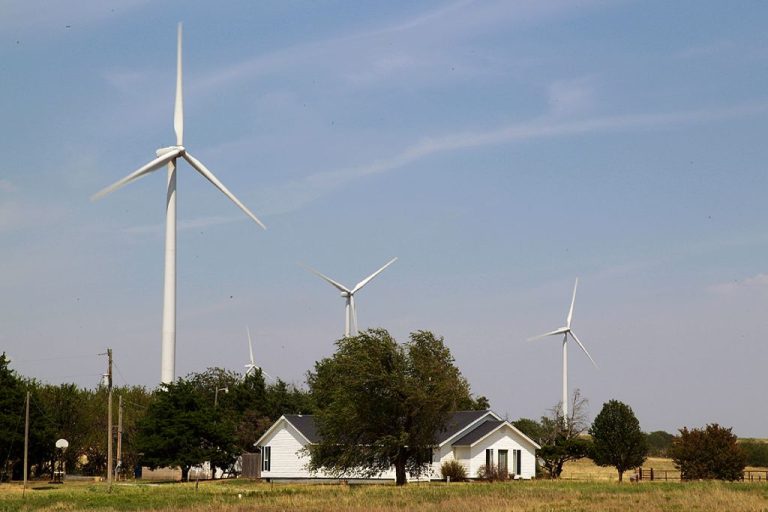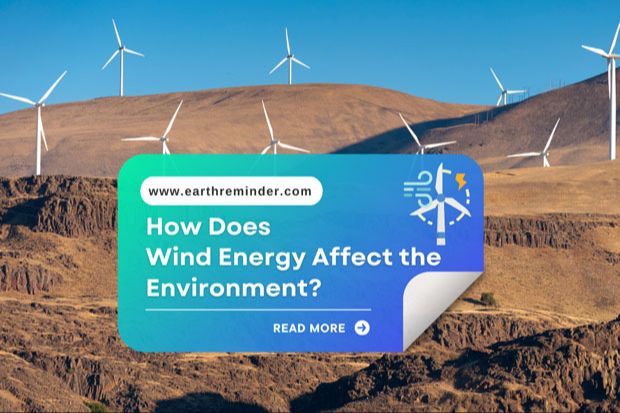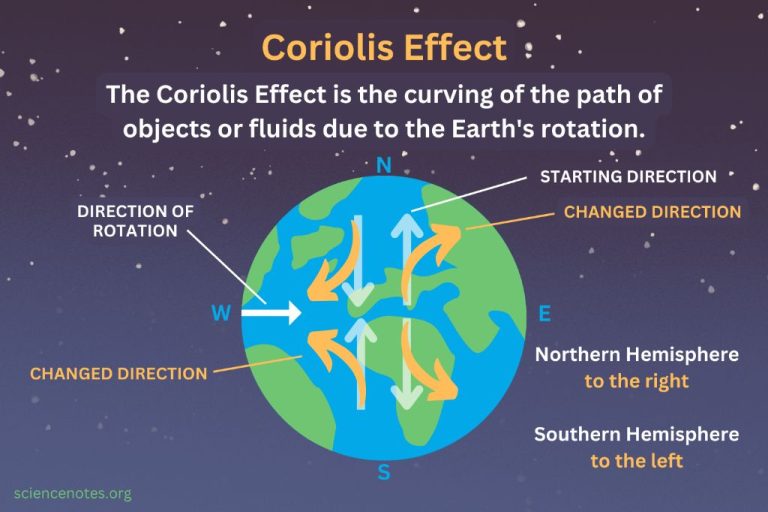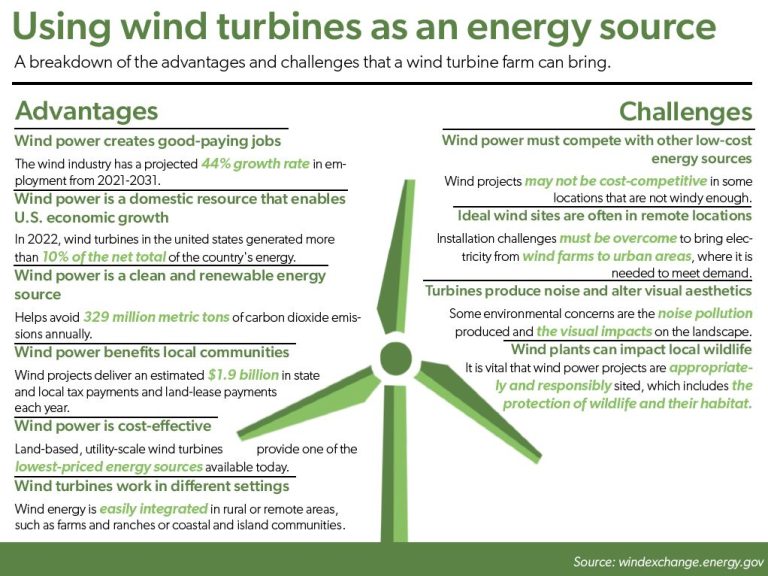How Does A Turbine Convert Energy To Energy?
What is a Turbine?
A turbine is a rotor machine that harnesses the kinetic energy of a fluid (gas or liquid) to produce rotational mechanical work. This rotational energy can then be used to generate electricity or provide direct mechanical power.
There are several main types of turbines used in power generation and mechanical drive applications:
- Steam turbines use steam as the working fluid.
- Gas turbines use hot gases like combustion exhaust as the working fluid.
- Water turbines use falling or fast-moving water as the working fluid.
- Wind turbines use airflow to rotate the rotor blades.
Turbines are a key technology used worldwide for power generation and mechanical drive systems. They can be found in applications including jet engines, steam turbine power plants, hydroelectric dams, wind farms, and more. Their ability to efficiently extract energy from flowing fluids makes turbines well-suited for generating electricity, propelling aircraft, powering pumps and compressors, and other industrial applications.
How Turbines Work
Turbines are designed based on thermodynamics principles that allow the conversion of fluid energy, in the form of high pressure gas, steam or water, into mechanical rotational energy. The main components of a turbine are:
-
Nozzle – The nozzle directs the high pressure fluid onto the turbine blades at an optimal angle for maximum efficiency.
-
Blades or buckets – The blades are attached to a rotor and are forced to spin as the fluid strikes them. The rotational kinetic energy of the spinning turbine can then be used to generate electricity or power mechanical processes.
-
Shaft – The shaft connects the spinning turbine blades to the application where the rotational energy will be used, like an electrical generator.
-
Casing – The casing houses and protects all the turbine components.
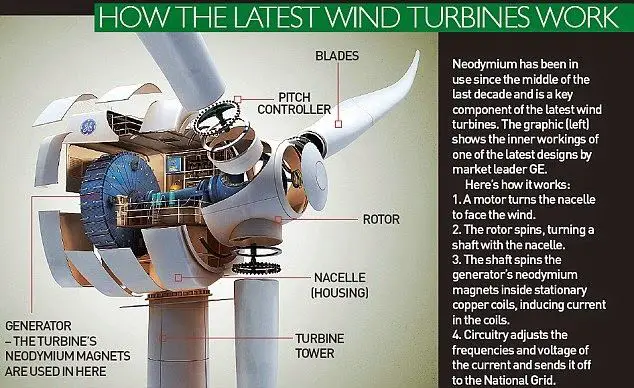
As the high velocity fluid strikes the curved blades of the turbine, it causes the blades and shaft to spin. The blades are designed in an airfoil shape, similar to a plane wing, which creates the lift force to rotate the turbine. The fluid loses energy as it flows through the turbine, converting it into usable rotational kinetic energy according to thermodynamic principles.
Types of Turbine Energy Conversion
There are four main types of turbines used for energy conversion: wind turbines, gas turbines, steam turbines, and water turbines. Each turbine converts a different form of energy into rotational kinetic energy to generate electricity or power mechanical processes.
Wind Turbines
Wind turbines convert the kinetic energy of moving air (wind) into mechanical power. The wind turns propeller-like blades around a rotor, which spins a shaft connected to a generator to produce electricity. Wind turbines are a clean and renewable energy source used in wind farms onshore and offshore.
Gas Turbines
Gas turbines burn fuel like natural gas, propane, or jet fuel to generate hot expanding gases that spin the turbine blades. This rotational energy then powers an electricity generator or provides direct mechanical power. Gas turbines are used in electric power plants and to power aircraft, ships, trains, and tanks.
Steam Turbines
Steam turbines convert the thermal energy in high-pressure steam to mechanical energy. The pressurized steam spins and expands across rows of turbine blades, causing rotation. Steam turbines are commonly used in thermal power plants fueled by coal, natural gas, nuclear fission, and concentrated solar power.
Water Turbines
Hydraulic turbines convert the gravitational potential energy of flowing or falling water into mechanical power. Common types include Kaplan, Francis and Pelton turbines. Hydroelectric dams use water turbines to generate electricity from the movement of water. Smaller scale hydro projects also utilize water turbines on streams and tidal waves.
Wind Turbine Energy Conversion
Wind turbines convert the kinetic energy of wind into electrical energy. This conversion process relies on three main components – the turbine blades, the shaft, and the generator.
The turbine blades are designed to capture the wind and convert its kinetic energy into rotational motion. As wind blows across the blades, it causes them to spin around. The turbine blades are connected to a horizontal shaft inside the turbine. As the blades spin, the shaft is rotated.
The spinning shaft then turns electromagnets within a generator. As the electromagnets spin around coils of copper wire, it generates a flow of electrons – electricity. In this way, the generator converts the rotational kinetic energy of the spinning shaft into electrical energy.
Therefore, in a wind turbine, the wind turns the blades, the blades spin the shaft, the shaft spins magnets in a generator, and the generator converts this rotation into usable electrical energy. This demonstrates how wind turbines are able to harness the power of wind and convert it into renewable electricity.
Gas Turbine Energy Conversion
Gas turbines operate through the combustion of a fuel to produce high temperature, high pressure gases that expand and spin the turbine blades at high speeds. This conversion of thermal energy into kinetic energy is the core principle behind gas turbine operation.
Specifically, a mixture of compressed air and fuel (typically natural gas or diesel) is ignited in a combustion chamber. This causes the gases to rapidly expand due to the heat generated from the combustion. The expanding gases are directed through nozzle guide vanes to ensure they strike the turbine blades at the correct angle. As the hot, high velocity gases hit the turbine blades, they produce a force that causes the turbine shaft to spin at high speeds.
This rotational energy from the turbine shaft is then used to turn an electrical generator that converts the kinetic energy into electrical energy through electromagnetic induction. Therefore, the original chemical energy stored in the fuel is converted into thermal energy through combustion, then into kinetic energy to spin the turbine, and finally into electrical energy through the generator – all because of the gas turbine’s rotational motion.
Steam Turbine Energy Conversion
Steam turbines utilize the thermal energy from pressurized steam to produce mechanical rotational energy. Here’s how the conversion process works:
First, a boiler burns fuel such as coal, natural gas, biomass or waste heat to heat water, turning it into superheated steam.
This high-pressure steam is then piped through nozzles directed at the blades of a turbine rotor. The force of the steam pushes against the curved blades, causing the rotor to spin at high speeds.
As the rotor spins, it drives the shaft of an electrical generator, which converts the rotational kinetic energy into electrical energy through electromagnetic induction. Generators can be coupled to the turbine shaft directly or through a gearbox, depending on the optimal rotational speed.
After passing through the turbine blades, the steam exits at a lower pressure and temperature, and is often recycled back to the boiler to repeat the process. This creates a continuous loop for extracting energy from the steam.
Steam turbines are a common technology used in thermal power plants for generating electricity from heat sources like coal, nuclear fission or biomass combustion. They can achieve high efficiencies of over 45% in converting heat energy into rotational motion.
Water Turbine Energy Conversion
Water turbines convert the kinetic energy of falling or flowing water into rotational energy to generate electricity. The basic principle is that flowing water strikes turbine blades or buckets, causing the turbine shaft to rotate. This turbine rotation then drives an electrical generator that converts the mechanical rotation into electrical energy.
The most common types of water turbines used for hydropower generation are:
- Impulse turbines, which use the velocity of water to move the turbine runner and discharges water to atmospheric pressure.
- Reaction turbines, which generate power by the combined action of pressure and moving water.
The specific water turbine selected for a hydropower application depends on the height and flow rate of the water source. Impulse turbines, like Pelton wheels, are suited for high head sites with low flow rates. Reaction turbines like Kaplan and Francis turbines are well-suited for relatively low head sites with high flow rates.
In all water turbine systems, the rotating shaft of the turbine is connected to the rotor of the electric generator. As the water kinetic energy causes the turbine to spin, it spins the generator rotor. This rotating magnetic field inside the generator induces a voltage and current in the generator stator coils to produce electricity.
Turbine Efficiency
Turbine efficiency refers to how much of the input energy is converted into useful output energy. There are several factors that impact the efficiency of a turbine:
The design of the turbine blades is critical for maximizing efficiency. The curvature and angle of the blades affect how smoothly the airflow or fluid moves through the turbine. Well-designed blades minimize energy losses from friction and turbulence.
The materials used in turbine construction also affect efficiency. Lighter and stronger materials like carbon fiber composites can improve efficiency compared to heavy steel blades. The surface finish of blades is also important to minimize drag.
Optimizing the operating conditions of a turbine is key to maximizing useful energy output. Factors like turbine speed, load, temperature, and pressure ratios can be adjusted to improve efficiency. Control systems help turbines maintain peak efficiency across different operating states.
When comparing turbine performance, important efficiency metrics include: generator efficiency, hydraulic efficiency, mechanical efficiency, and aerodynamic efficiency. The best turbine designs maximize all aspects of efficiency.
With continual improvements in materials, aerodynamics, and control systems, engineers are finding new ways to get more useful energy out of turbines. Even fractional efficiency gains of 1-2% can translate into significant cost and performance benefits.
Applications of Turbines
Turbines are used in a wide range of applications to convert one form of energy into mechanical or electrical energy. Some of the major applications of turbines are in electricity generation, jet engines, and pumps and compressors.
One of the most common uses of turbines is in the generation of electricity. Steam turbines and gas turbines are widely used to drive electrical generators. In a steam power plant, high pressure steam produced in a boiler spins the blades of a steam turbine. As the turbine spins, it drives a generator to produce electricity. Similarly, in a gas turbine power plant, hot combustion gases spin the blades of a gas turbine to generate electricity.
Jet engines used in aircraft employ gas turbines to produce thrust. Air that enters the engine is compressed and mixed with fuel. This air-fuel mixture is ignited, producing hot expanding gases that spin the turbine. The turbine is connected to a shaft that drives the compressor and a fan to produce the jet thrust.
Turbines are also commonly used as pumps and compressors. For example, steam turbines or gas turbines can drive centrifugal pumps to move liquids. Compressors used to pressurize gases employ axial or radial flow turbines that are powered by an external power source.
Future of Turbine Technology
Looking ahead, there are some promising innovations and improvements in turbine design and technology aimed at boosting efficiency even further and lowering costs. Some key areas researchers and engineers are focused on include:
- New blade designs and materials – By tweaking the shape and contours of turbine blades and experimenting with new composites and alloys, manufacturers can optimize blades for improved aerodynamics and durability.
- Advanced computational modeling – Powerful simulations and modeling techniques allow manufacturers to iterate and test turbine designs faster and more efficiently than physical prototypes alone.
- Hybrid turbine systems – Combining different sources like wind and solar with storage technology in integrated systems can increase efficiency across variable conditions.
- Offshore wind turbines – Floating offshore wind farms allow access to stronger and more consistent offshore winds, opening up new possibilities.
- Direct drive turbines – Eliminating the gearbox improves reliability and reduces maintenance costs.
- Supercritical carbon dioxide turbines – New Brayton cycle turbines using CO2 as the working fluid show potential for smaller, more efficient power generation.
With intense competition and growing demand for renewable energy, expect rapid progress in turbine technology aimed at lower costs and improved performance. The future looks bright for more efficient and innovative turbine designs powering the world.

